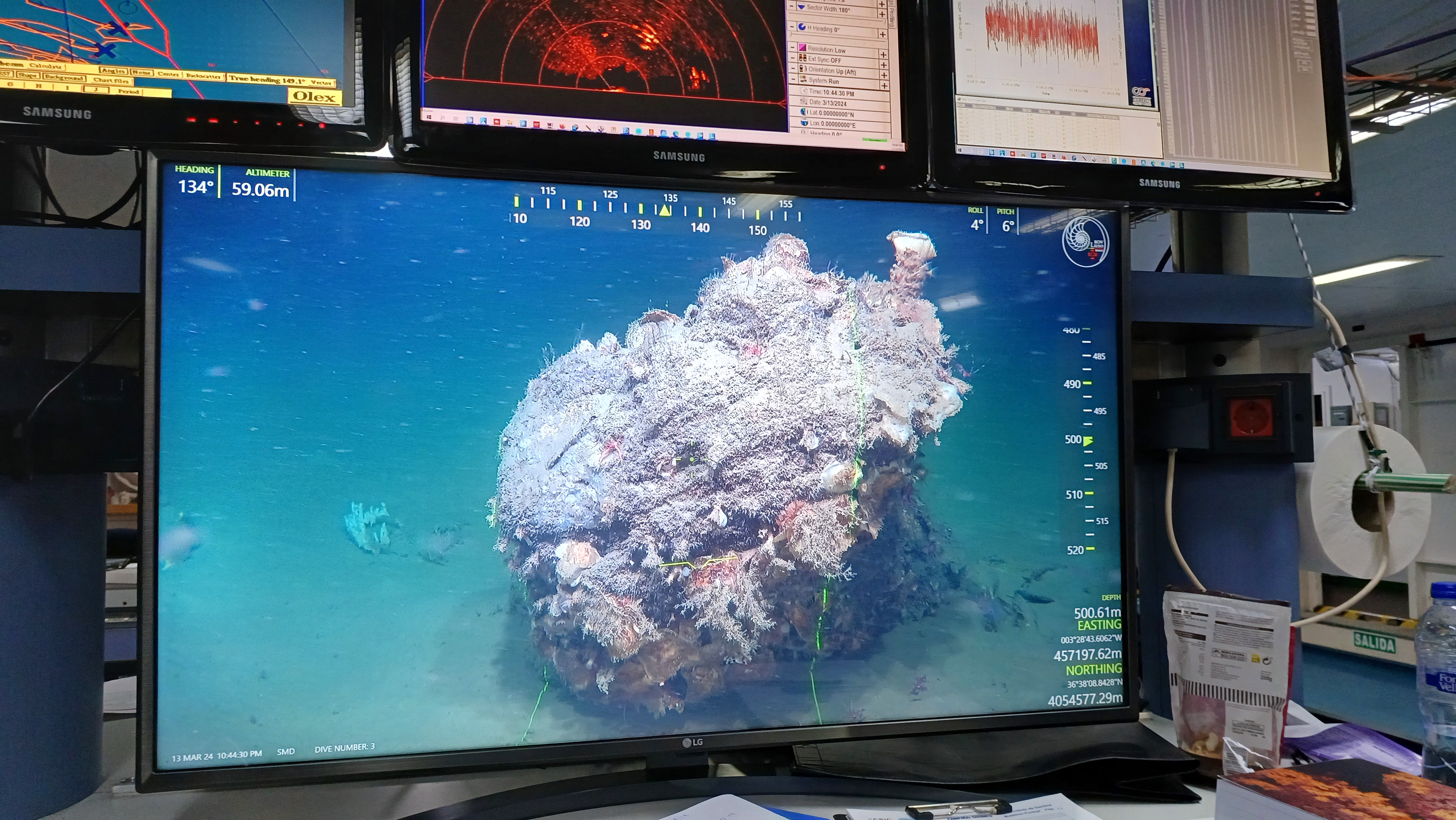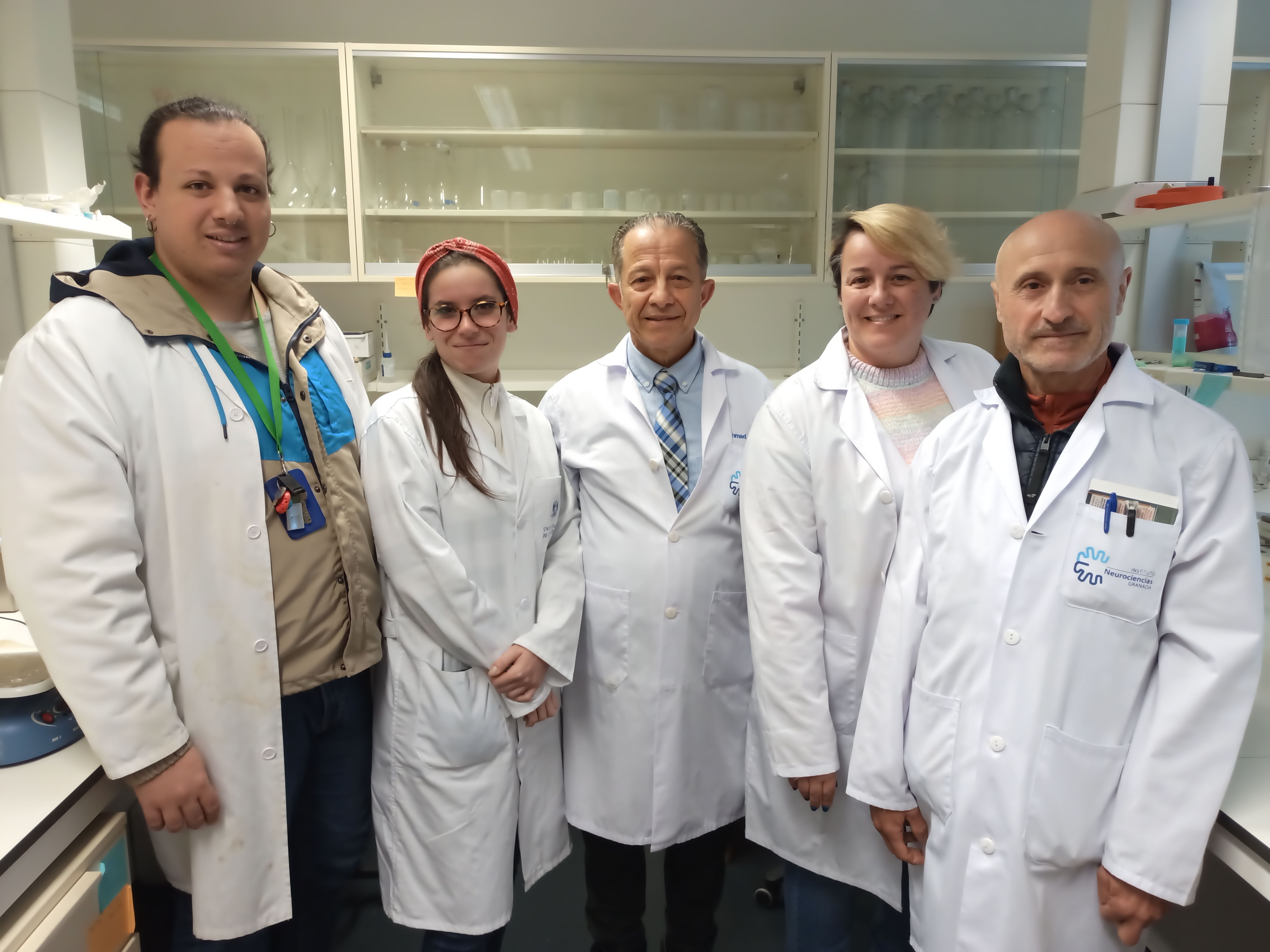
Researchers at the UGR have found that parents of children and adolescents perceive the main problems to be the nature of the urban built environment, distance, and traffic
Researchers from the University of Granada (UGR) have carried out a review of the international scientific literature to identify the primary barriers (or problems) that parents perceive to impede their children from combining the journey to school with physical activity—that is, by walking or cycling.
The study has revealed that the main barriers that parents of primary school-age children perceive to impede more active means of getting to school are linked to the built environment. Issues include the lack of pavements or pedestrian crossings (or their poor condition), or the design of the city itself that makes it difficult to cycle to school. A second problematic area was that of traffic. Similarly, parents of adolescents also perceive the built environment to be a barrier, but with the additional obstacle of distance.
In short, the three issues raised by parents of children and adolescents were the built environment, distance, and traffic.
To conduct the study, the researchers identified 27 studies analysing the barriers identified by parents of children and adolescents (from 5 to 18 years old) across four continents (America, Oceania, Asia, and Europe). The majority of the cases came from the United States.
Environmental, personal, and social barriers
Once the barriers that parents perceived to prevent their children from walking or cycling to school were identified, the UGR scientists created a categorisation system, defining three types of barrier: environmental, personal, and social.
“Environmental barriers refer to the environment built by humans, such as a block of buildings or a cycle path. Personal barriers refer to work schedules and school timetables or the convenience of taking children to school. And social barriers include the absence of other children on the way to school or other adults,” explains the lead author of this work, María Jesús Aranda Balboa, from the UGR’s Department of Physical Education and Sports.
To improve these parents’ perceptions, the researchers point to the need to adopt a two-pronged strategy, starting with implementing changes at the environmental level to maximise safety, such as improving and widening pavements or creating cycle lanes. The second recommended strategy is to educate parents and their children, to reduce these perceived barriers and increase confidence in the local environment, which in turn could lead to behavioural change. Such a shift could encourage families to participate in what is known in Spain as a pedibus (an organised group of school children, normally accompanied by adults, who walk to school together along an established route) or a bicibus (an organised cycle route to school led by an adult with agreed stops where children join the group along the way).
“It is everyone’s responsibility to ensure that our children are as active as possible, to create a society with greater health and well-being, as well as for the physical and personal development of our school-age youngsters,” the authors note.
Bibliography:
- Aranda-Balboa, F.J. Huertas-Delgado, M. Herrador-Colmenero, G. Cardon, and P. Chillón, ‘Parental barriers to active transport to school: A systematic review’, International Journal of Public Health, 2019, https://doi.org/10.1007/s00038-019-01313-1.
Contact:
Maria Jesus Aranda Balboa
Department of Physical Education and Sports, Faculty of Sport Sciences, University of Granada
Tel.: +34 958 244374
Email: @email


